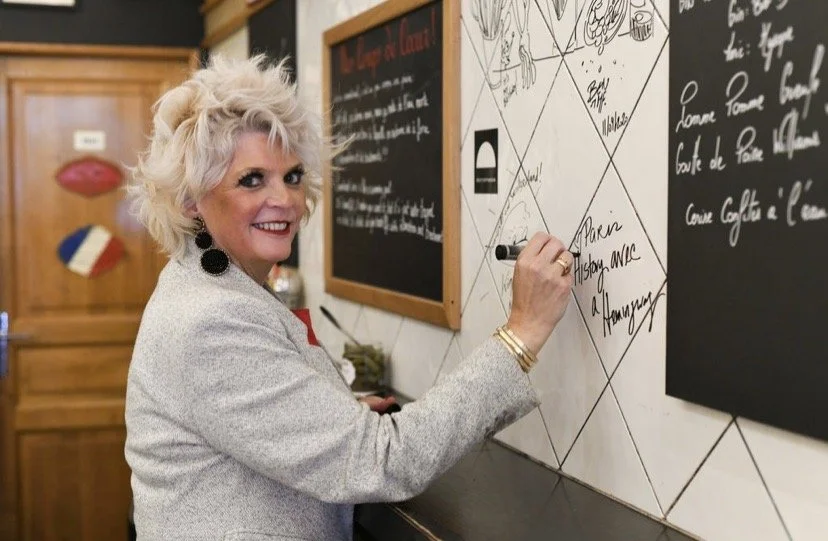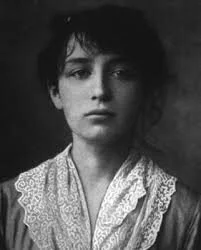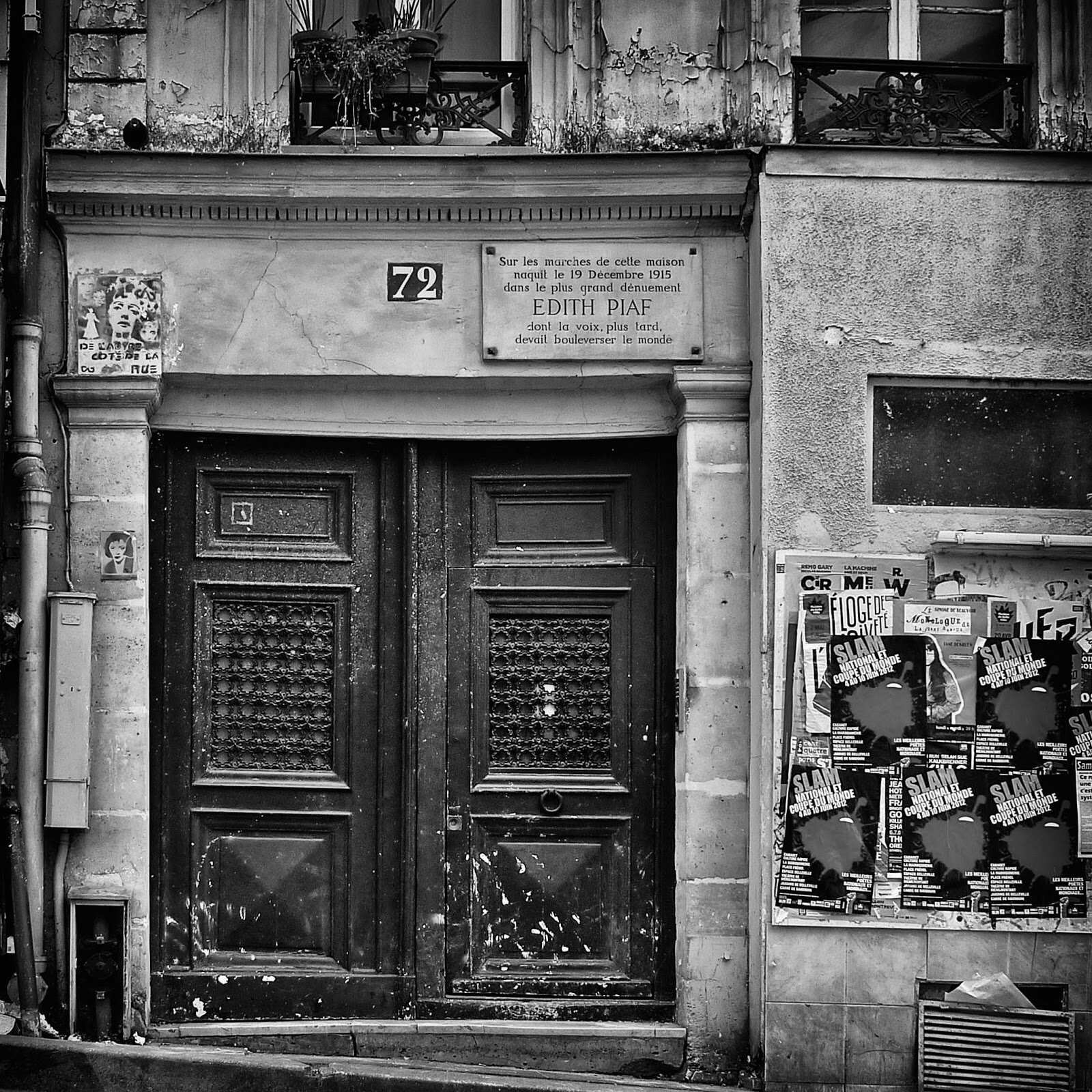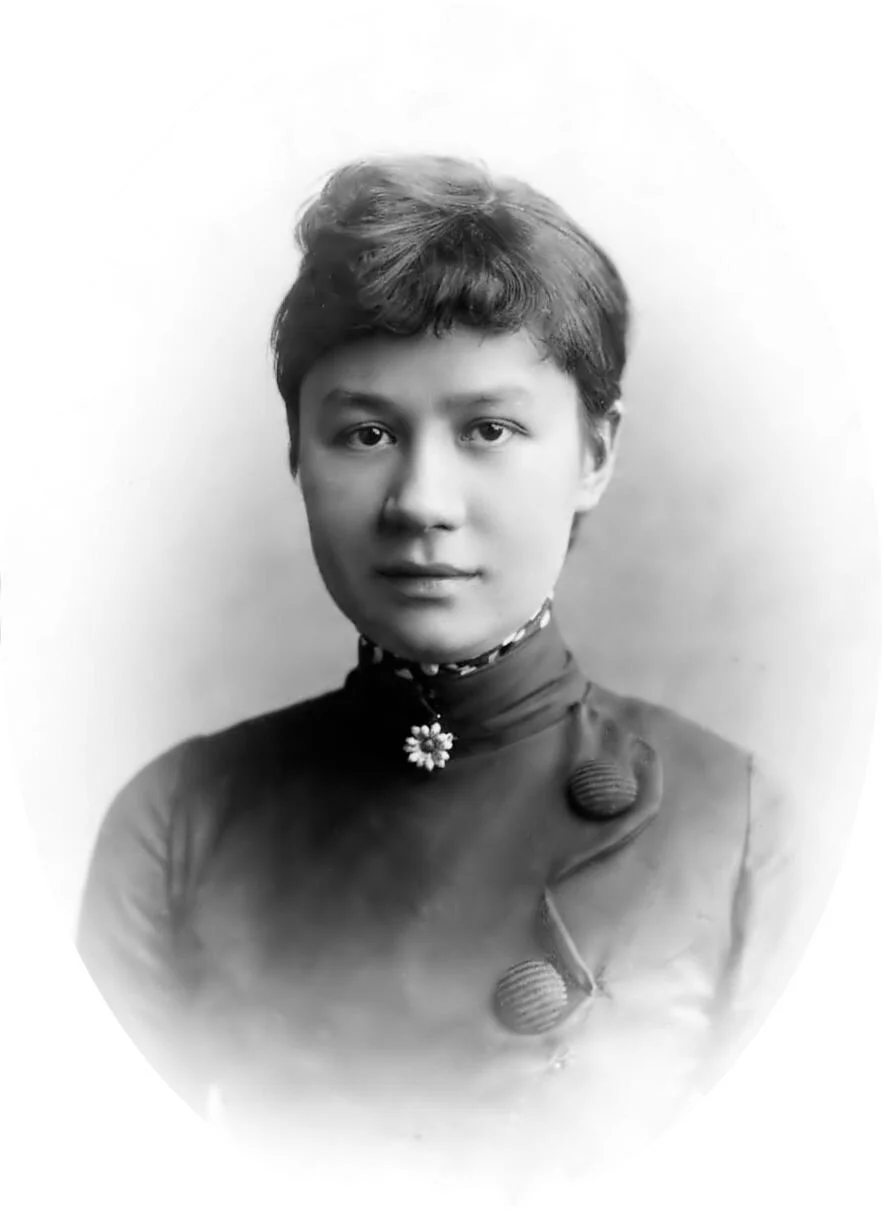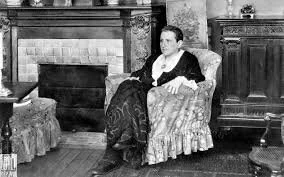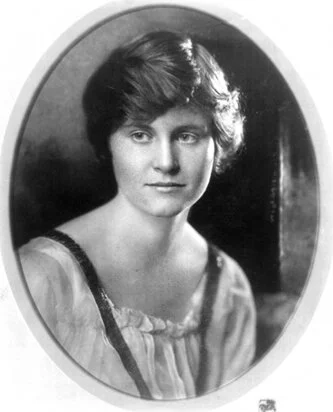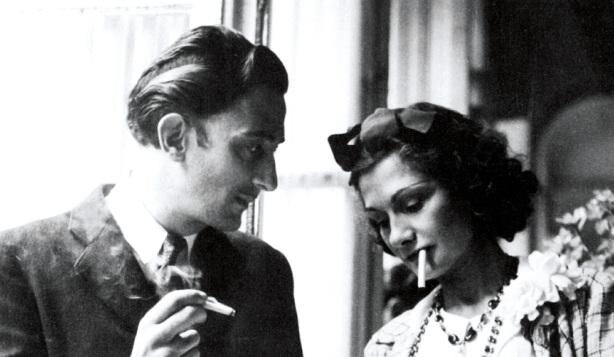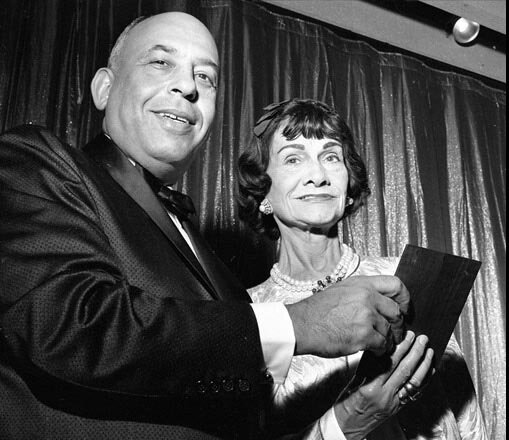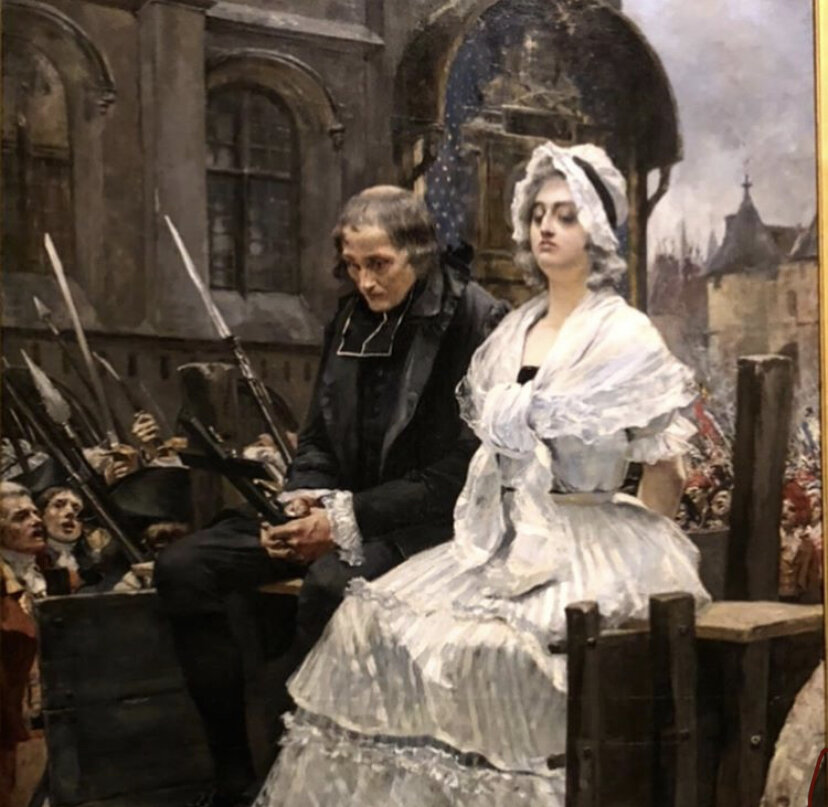Sarah Bernhardt, the darling of the Paris stage of the 19th century had a life filled with ups and downs. Born on October 25, 1844 (maybe) in Paris to a mother that was a courtesan and never really knowing who her father was. Later in her life when she was to receive the Legion d’Honor a proof of citizenship was needed. Her original birth certificate was destroyed in the Commune fire at the Hotel de Ville. It was the perfect chance for Bernhardt to rewrite her story yet again.
In the new version she lists Edward Bernhardt as her father who was a wealthy shipowner and changed her birthday to October 23. Just a few steps away from Odeon on the Rue d'École de Médecine at number 5 is a plaque marking the location as the site of her birth on October 25, 1844. Like Moliere, there are a few other locations in Paris that also claim to be her birthplace.
Due to her mother's profession, she had a few other children, all which she adored a bit more than Sarah. As a young child she was sent to live with a nanny in Quimperlé, Brittany. Growing up away from her mother, a kind gentleman and client of her mother, Duke of Morny offered to pay for Sarah’s education at a convent school in Versailles. Thriving at the school, she set her sights on becoming a nun, until her lizard died. Holding a full Catholic mass for her dead lizard, it didn’t go over with the nuns and they let her know she should maybe look into another line of work.
In 1859 the Duke paid for her to join the Conservatory of Dramatic Arts in Paris, where she fell in love with acting. In just a few years she was performing on the stage of the Comedie Francaise. From very early on, Bernhardt had issues with her temper. At the Comedie Francaise she slapped a fellow actress on stage in the middle of a play and hit a guard on the head with her umbrella when he called her “little Bernhardt”. She would slowly work her way through each of the stages of Paris, each taking a risk on her but knowing s69he would pack the seats.
In 1869 she joined the Theatre de l’Odéon, just a few months before the Siege of Paris began. As it neared Paris, she had the theater turned into a makeshift hospital. Adding 32 beds in the foyer and lobby for the wounded and even assisted doctors in surgery. Her personal chef cooked soup and when the coal ran out they began to burn the stage scenes and furniture. As the Prussians were in Paris she had the patients moved to hotel rooms where they could be taken care of.
An affair with a Belgian prince, Henri Maximilian Joseph de Ligne resulted in a pregnancy. She was living with her mother at the time in Paris. Her mother (the courtesan) told her she needed to leave, she didn’t want an unwed mother living in her home. Sarah moved out and found a lavish apartment on the Boulevard Malesherbes. Henri wanted to marry Sarah and raise their child together, but his family told him he would be cut off financially if he did, that was the end of their relationship.
Returning to the stage of the Theatre de l’Odeom she performed in Victor Hugo’s Ruy Blas which drew large crowds. A huge fire raged through her Boulevard Malesherbes apartments destroying everything. Without insurance she was left with nothing but the few diamonds she picked out of the ashes. The manager of the Theatre de l’Odeon organized a fundraiser for the actress. So much money was raised that she was able to buy a larger apartment on Rue de Rome. With a staff and multiple rooms she was living in luxury and at times sleeping in a coffin she purchased to prepare for roles.
In 1878 she returned to the Comedie Francaise much to the chagrin of the manager. A huge star and a slight temper made her difficult to deal with. One day she took a balloon ride at the exciting Universal Exhibition with artist George Clairin. The owner of the balloon had named it after one of her most famous characters and asked her to take the maiden voyage. As she and George took the short trip up a wind storm moved in, tearing it from its anchor and sweeping the balloon out over the Paris skyline. By the time it was able to come down it was outside of Paris. When she returned to the Comedie Francaise for her play the manager was waiting for her. There was a strict clause in her contract that she was never allowed to leave Paris without his permission. She was fined 100 francs that she refused to pay. She was the star of the show, what were they really going to do.
Within two years she left the Comedie Francaise, breaking her contract and starting her own touring company and toured the world. Arriving in New York to perform at the Booth’s Theater to a packed crowd in 1880 and charging $40 a ticket which was a fortune at the time. Although the New York elite didn’t approve of her lifestyle, they weren’t going to miss a chance to see her on stage. In a year she traveled to more than 50 cities in a custom made luxurious train. WIth two maids, cooks and personal assistants in tow crossing the US she made $194,000, more than 5 million dollars today.
When she returned to Paris she was no longer the darling of the stage, none of the theaters wanted to work with her. At a performance at the Paris Opera in 1881 with the president and local dignitaries in attendance, dressed in a white dress and holding the French flag she sang Le Marseillaise. There was a standing ovation and cheers for her to sing it again. She sang it two more times, and with that she was back in the good graces of the Parisians.
Whenever she needed money she went on another “farewell” tour. All over Europe, Russia and Austria although she was met with anti-semitic crowds shouting slurs at her. On her return to Paris she decided she needed her own theater and on January 1, 1899 she signed the lease for the Theatre des Nation at the Place du Chatelet. Restoring the entire building and adding more that 5500 bulbs to the facade she made it into the theater of her dreams. Replacing the red velvet with gold velvet, turning the lobby into a showplace of its own complete with the lifesize lithographs created by Mucha.
At the start of World War I the French ministry was worried for her safety as one of the most popular people in Paris. She found a home in Andernos-Les-Bains in the southwest of France. While there a nagging injury she suffered on stage became too much. After jumping down from a scene she hurt her knee that continued to get worse with repeated injury. In seclusion gangrene moved in and she had to have her leg amputated just above the knee. She refused to wear a wooden leg or any braces and for the rest of her life she would perform on stage either seated or leaning against something so nobody would ever notice she lost her leg.
In the final years of her life she turned to the film world for her roles. While on the set of a film by Sascha Guitry she collapsed and fell into a coma for over an hour. Worried about her health they moved the film set to her home at 56 avenue Pierre in the 17e. On March 21, 1923 in the middle of filming she collapsed again, but this time she wouldn’t pull out of the coma. On March 26 she died in her home in the arms of her son.
A large service at Saint Francois-de-Sales was held followed by a large procession to Pere Lachaise.More than 30,000 people walked behind her through the streets of Paris to her final resting place.

